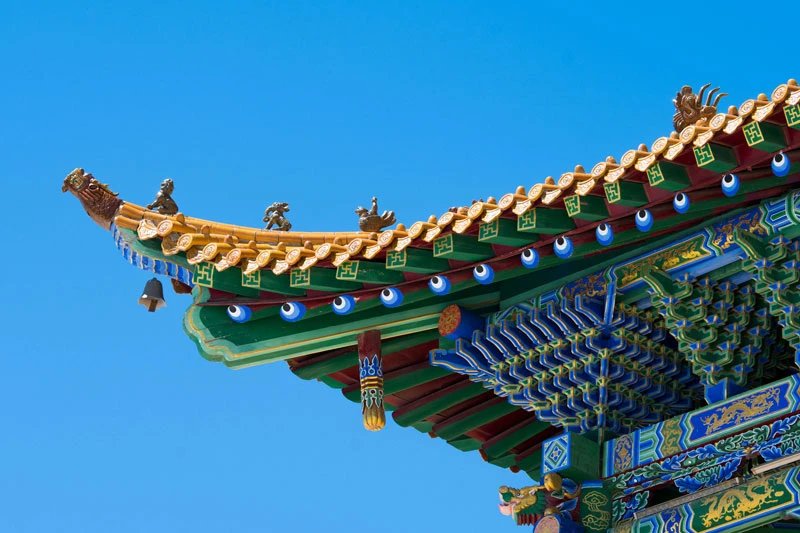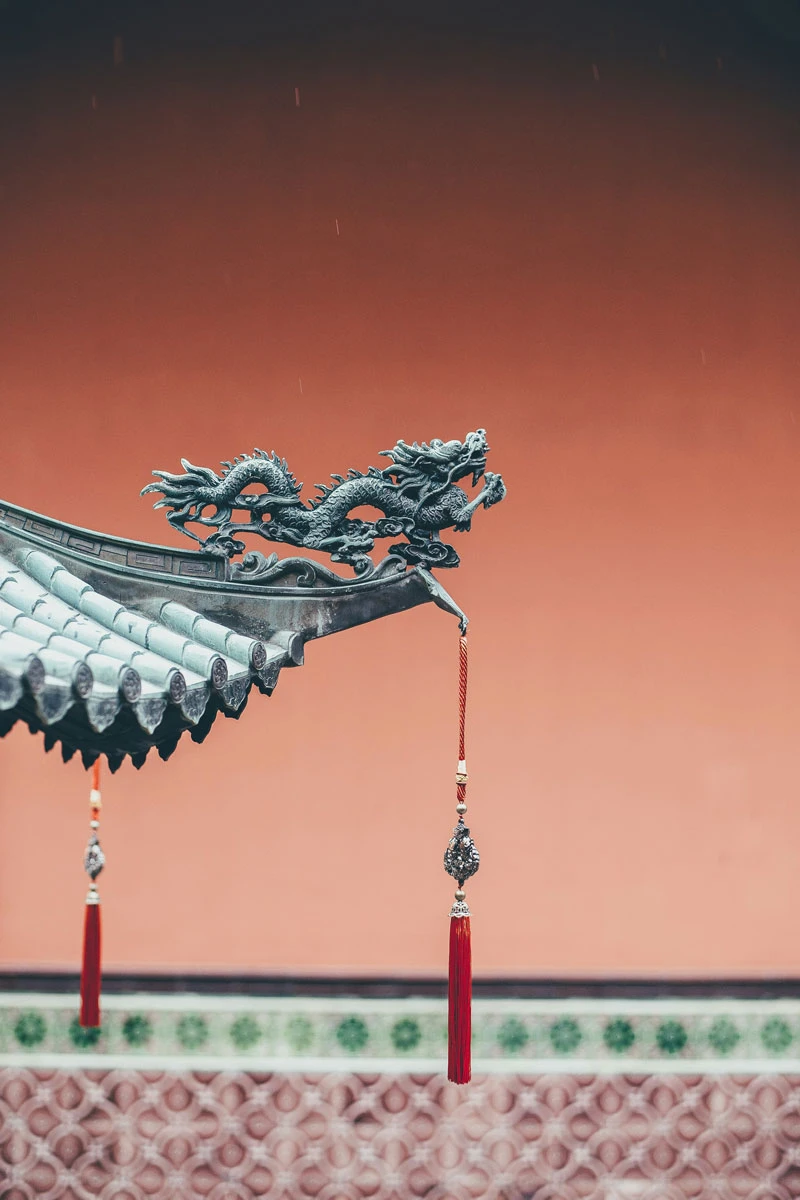For centuries, Chinese art has served as a foundation for creative expression across the globe. From intricate ink paintings to elaborate porcelain designs, its influence can be seen in modern architecture, fashion, and even digital media. As students explore art history, they will find that Chinese artistic traditions continue to inspire contemporary artists, sculptors, and designers worldwide. The historical significance of Chinese art offers a rich source of study material for college learners seeking a deeper understanding of artistic evolution.
Studying Chinese art is not just about appreciating aesthetics—it also teaches critical thinking and cultural awareness. Whether working on assignments in school or conducting independent research, students will uncover fascinating artistic techniques that date back thousands of years. These methods, such as calligraphy and landscape painting, still impact creative fields today. By incorporating these artistic principles into their own work, students can gain valuable insights into the power of cultural expression.
For students facing tight deadlines, conducting thorough research on this topic can be overwhelming. A deep dive into ancient Chinese art requires analyzing historical influences, understanding symbolism, and comparing past and present artistic techniques. To ease the burden, learners can pay for high-quality research paper at WritePaper, ensuring they receive well-structured and expertly crafted content. This approach allows students to focus on absorbing the artistic knowledge while ensuring they meet their academic requirements.
This article will explore the profound ways in which Chinese art continues to shape the modern world. By examining its impact on different industries, students can better understand how ancient traditions influence contemporary creativity. From fashion design to digital art, the legacy of Chinese artistic traditions remains relevant, making it a compelling topic for learning and academic exploration.
The Timeless Beauty of Chinese Art
Chinese art has a long and rich history, spanning thousands of years. From the delicate brushstrokes of calligraphy to the grand structures of ancient temples, its impact is far-reaching. Unlike Western art, which often emphasizes realism and perspective, Chinese art prioritizes symbolism, balance, and harmony. This unique artistic philosophy continues to inspire creators across different fields.
One of the most influential aspects of Chinese art is its emphasis on nature. Traditional paintings often depict vast landscapes with mountains, rivers, and misty skies, reflecting the philosophical ideals of Taoism and Confucianism. This deep connection to nature remains evident in modern artistic movements, where sustainability and environmental awareness play significant roles in design and aesthetics.
Chinese Calligraphy and Typography in Modern Design
Chinese calligraphy is more than just a writing style; it is an art form that embodies grace and precision. Many students studying art history will find that calligraphy has influenced modern typography, logo design, and branding. Companies worldwide incorporate Chinese characters and brushstroke-inspired fonts to create visually appealing and meaningful designs.
The Influence of Calligraphy in Branding
- Luxury fashion brands often use calligraphy-inspired logos to convey elegance.
- Graphic designers incorporate brushstroke effects to add authenticity to their work.
- Digital artists blend traditional calligraphy with modern animation techniques.
In school, students learning about typography and design principles can draw inspiration from Chinese calligraphy. Studying its structure and rhythm can help them develop unique styles for their own creative projects, whether they are working on assignments or personal artistic endeavors.
Porcelain and Ceramics: A Lasting Legacy
Chinese porcelain has long been revered for its beauty and craftsmanship. The delicate blue-and-white patterns of Ming dynasty ceramics continue to inspire modern-day pottery, home decor, and even industrial design. Many designers worldwide incorporate elements of ancient Chinese ceramic artistry into contemporary products, from kitchenware to high-end sculptures.
Why Porcelain Art Still Matters
- It represents precision and technical mastery.
- The patterns and motifs tell stories from ancient Chinese culture.
- It serves as inspiration for modern-day interior design.
For college students interested in design, examining the techniques used in porcelain art can provide insights into material innovation and aesthetic evolution. Understanding these influences is essential for anyone studying art, architecture, or product design.
Chinese Influence in Fashion and Textiles
Chinese embroidery and silk production have significantly impacted global fashion. Even today, high-end designers incorporate elements such as intricate patterns, silk robes, and dragon motifs into their collections. The widespread use of silk, a Chinese innovation, is a testament to the country’s enduring artistic influence.
Students interested in fashion design can explore how Chinese patterns and textiles have evolved. From the silk trade routes of the past to modern runway collections, Chinese aesthetics remain a key source of inspiration.
Examples of Chinese Art in Fashion Today
- The use of silk in luxury fashion brands.
- The popularity of Chinese-inspired embroidery in haute couture.
- The influence of traditional patterns on modern streetwear.
By studying these trends, students can learn how ancient artistic principles continue to shape contemporary design. Whether working on fashion assignments or researching textile history, this subject offers a fascinating learning experience.
Digital Art and Animation: The New Frontier
In today’s digital world, Chinese art plays a crucial role in animation and visual storytelling. The fluid brushwork of traditional Chinese paintings has influenced digital animations, video games, and CGI effects. Many modern animators draw inspiration from ancient ink paintings to create visually stunning backgrounds and character designs.
Chinese Aesthetics in Animation
- Films like Mulanshowcase Chinese artistic styles.
- Video game designs often integrate elements of ancient landscapes.
- Traditional ink painting inspires modern animation techniques.
For students interested in digital media, studying Chinese art can provide a foundation for developing unique visual styles. Whether working on animation projects or graphic design homework, this artistic heritage offers endless creative possibilities.
Conclusion
The impact of Chinese art on the modern world is undeniable. From calligraphy to digital media, ancient traditions continue to shape contemporary creativity. For students studying art history, design, or digital animation, understanding these influences can provide valuable insights for their academic and professional journeys. Exploring these artistic contributions can make learning more engaging and relevant to today’s creative industries.
If you need help researching or writing about Chinese art, resources are available to guide you through the process. Whether you are working on school assignments, college projects, or personal creative endeavors, the rich artistic heritage of China offers endless inspiration. By appreciating its impact, students can enhance their knowledge and bring fresh perspectives to their own artistic expressions.


